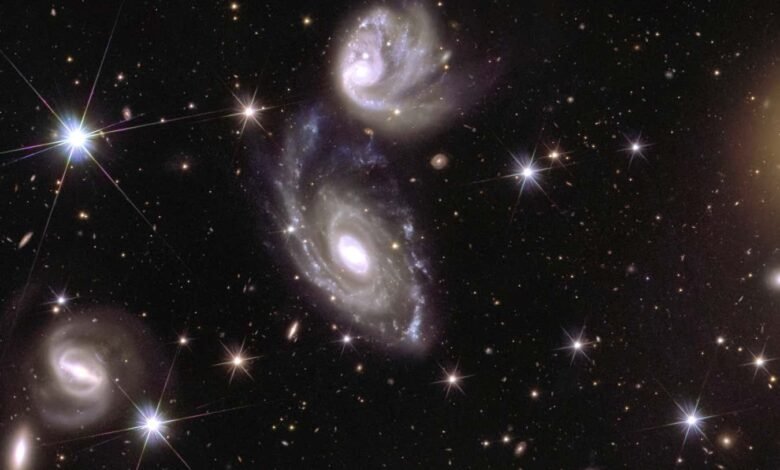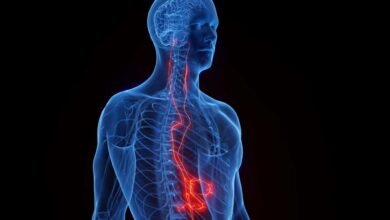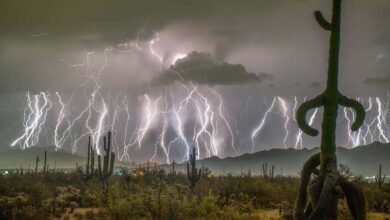First breathtaking images from Euclid telescope’s map of the universe


The interaction between two distant galaxies, captured by Euclid
ESA
A mosaic of images from the European Space Agency’s Euclid space telescope captures more than 14 million galaxies, offering a first glimpse of a “cosmic atlas”. The mapping project could add to our understanding of the role dark matter and dark energy play in the structure of the universe.
“The scale is utterly incomprehensible,” Carole Mundell, the director of science at the ESA, said at a meeting of the International Astronautical Congress in Italy on 15 October. Representing the image at full resolution would require more than 16,000 4K TV screens, she said.

Euclid’s first mosaic image represents only 1 per cent of the final map
ESA
The mosaic of 260 images is the first glimpse into Euclid’s project to create the largest and most accurate map of the universe yet. The vast number of galaxies was captured during a two-week survey in April and represents only 1 per cent of the final map. The image covers an area of the southern sky about 500 times the size of the full moon.
The wispy blue band across the image is dust and gas in the nearby Milky Way, known as “galactic cirrus”, said Mundell. Zooming in reveals swirling galaxies interacting hundreds of millions of light years away, some with a supermassive black hole at their centre that can produce gravitational waves measurable on Earth.
Over the next six years, the telescope will autonomously scan about a third of the night sky. The researchers anticipate the final map will show around 8 billion galaxies, each with billions of stars, stretching across 10 billion years of cosmic history.
By observing clusters of galaxies and other phenomena, such as how gravity bends light, “Euclid will measure the cosmic web – the distribution of matter in space and time”, said the ESA’s Valeria Pettorino at the meeting. Because dark energy and dark matter affect the formation of voids between clusters of galaxies, measuring these voids could help us understand the characteristics of these elusive substances, she said.
“We’re testing the fundamental laws of physics at the extreme scales of the cosmos,” said Mundell.
Topics:
Source link




